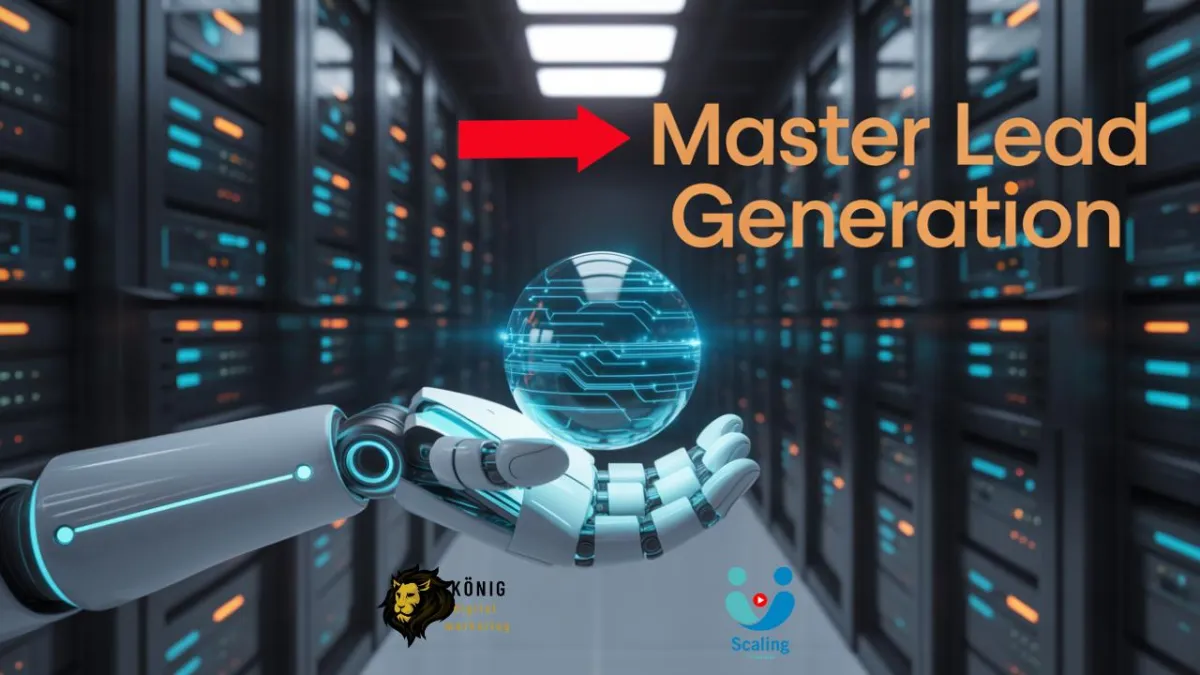

GTM Engineering, Marketing Automation & AI
By investing in marketing and automation software, you can streamline your customer acquisition process, nurture leads, and unlock hidden revenue through database re-activation. These tools can help you target the right customers, at the right time, with the right message, increasing the chances of converting them into paying customers.

GTM Engineering: Scale Your B2B Sales with AI & Automation
The $180K Mistake: Why Your Sales Tech Stack Is Sabotaging Your Growth (And How to Fix It)
Sarah stared at her laptop screen, calculator app open, adding up the monthly subscriptions. $14,847 per month. Nearly $180,000 per year on sales and marketing tools.
Her sales cycle? Still 127 days. Team adoption of their "revolutionary" new AI platform? 23%.
"I feel like I'm funding a tech graveyard," she told me during our consultation call.
Sarah isn't alone. As a Go-To-Market Engineer who's worked with hundreds of B2B companies, I see this pattern repeatedly: founders who mistake tool accumulation for operational sophistication.
The uncomfortable truth? Your sales tech stack might be the biggest barrier to your growth.
The Hidden Cost of Complexity
Before we dive into solutions, let's acknowledge the real scope of this problem. The average B2B sales rep uses 17 different platforms daily. They spend 2.3 hours just switching between tools. Data accuracy across systems averages 67%.
But the financial cost is just the beginning. The hidden costs include:
Opportunity Cost: While your team fumbles through fragmented systems, competitors with streamlined operations close deals faster.
Team Burnout: Sales reps didn't sign up to be IT specialists. When they spend more time managing tools than talking to prospects, motivation plummets.
Decision Paralysis: With data scattered across multiple platforms, leadership can't make confident strategic decisions.
Customer Experience Degradation: Nothing screams "amateur hour" like a sales rep who can't access basic customer information during a call.
The Framework That Changed Everything
After watching too many companies struggle with this challenge, I developed what I call the Wheel and Spoke Framework. It's deceptively simple in concept, transformative in practice.
The Core Principle: Your CRM serves as the hub (wheel center), with every other tool functioning as a spoke that connects to and enhances the central system.
Think about a bicycle wheel. A wheel with one spoke is useless. A wheel with 50 disconnected pieces of metal is equally useless. But a wheel with the right number of spokes, perfectly connected to a strong hub? That creates momentum.
Phase 1: Establishing Your Hub
The foundation of this framework is treating your CRM not as a database, but as your operational command center. Every customer interaction, every piece of data, every insight flows through this central hub.
This requires a mindset shift. Instead of asking "What tools do we need?" you start asking "How does this tool strengthen our central hub?"
Phase 2: Strategic Spoke Selection
Not every tool deserves to be a spoke. Each addition must meet three criteria:
Integration Capability: Can it seamlessly share data with your CRM hub?
Clear Value Proposition: Does it solve a specific problem better than your current solution?
Team Usability: Will your sales team actually use it consistently?
Phase 3: Optimization for Flow
The goal isn't having the most features—it's having the smoothest data flow. Every spoke should make the wheel stronger, not create friction.
Why AI Amplifies This Framework
Here's where things get exciting. When implemented correctly, the Wheel and Spoke Framework makes AI exponentially more powerful.
Most companies feed fragmented, incomplete data to AI tools and wonder why the insights are mediocre. It's like asking a chef to prepare a gourmet meal with random ingredients from different kitchens.
But when your CRM serves as a unified hub, AI tools receive complete, clean, contextual data. The difference is dramatic.
One client saw their AI lead scoring accuracy jump from 34% to 78% within 30 days of implementing this framework. Same AI tool, same team, but now the AI had quality data to work with.
Another client's AI-powered prospecting tool went from generating 12% qualified leads to 41% qualified leads. The AI could finally see the complete customer journey and identify real patterns.
The Sales Team Buy-In Revolution
The biggest implementation challenge isn't technical—it's human. I've seen perfect systems fail because sales teams refused to adopt them.
The Wheel and Spoke Framework solves this by simplifying the sales rep's experience. Instead of logging into 17 different platforms, they work primarily from their CRM hub. Instead of manual data entry across multiple systems, intelligent automation handles the heavy lifting.
When sales teams see technology making their job easier instead of harder, adoption rates skyrocket. Our implementations average 94% team adoption compared to the industry standard of 41%.
Real-World Results
Let me share some specific outcomes from recent implementations:
SaaS Company A (Series B, 47 employees):
Sales cycle reduced from 89 to 56 days (37% improvement)
Lead-to-opportunity conversion increased 52%
Eliminated 9 redundant tools, saving $127,000 annually
Sales team satisfaction score increased from 6.2 to 8.7
Manufacturing Company B (Traditional B2B, 156 employees):
Average deal size increased 23% due to better customer insights
Sales forecast accuracy improved from 61% to 87%
Time-to-onboard new sales reps reduced by 40%
Customer retention increased 18% due to better handoff processes
Professional Services Company C (Consulting, 23 employees):
Proposal generation time reduced from 4.2 hours to 1.3 hours
Client satisfaction scores increased 31%
Revenue per employee increased $47,000 annually
The Implementation Reality
I need to be transparent: this isn't a weekend project. Proper implementation of the Wheel and Spoke Framework requires:
Strategic Assessment: Understanding your current state and desired outcomes
Tool Audit: Identifying which tools add value and which create noise
Integration Planning: Mapping data flows and connection points
Team Training: Ensuring adoption through proper change management
Continuous Optimization: Regular refinement based on usage data
Most founders try to DIY this process and end up with a slightly improved version of their original chaos. The companies achieving 37% cycle reductions invest in getting it right the first time.
Your Next Steps
If you recognize your company in Sarah's story—if you're spending significant money on tools but not seeing proportional results—the Wheel and Spoke Framework might be your solution.
But don't just take my word for it. I've created a detailed video walkthrough showing exactly how we implemented this framework and achieved these results: https://youtu.be/Evu86_-6PJw
For those ready to start implementing immediately, I've also created a FREE Sales Automation Quick Start Guide that walks you through the first steps: https://scalingfounder.com/sales-automation-quick-start-guide
The guide includes:
Framework assessment worksheet
Tool audit checklist
Integration planning template
ROI calculation spreadsheet
The Choice Is Yours
Every day you delay optimizing your sales operations is another day your competitors gain ground. The question isn't whether you need better systems—it's how much longer you'll let complexity hold you back.
The companies scaling fastest aren't using more tools. They're using the right tools, connected intelligently, with their CRM as the hub that holds everything together.
Sarah, by the way, implemented the Wheel and Spoke Framework six months ago. Her sales cycle dropped to 78 days, her team adoption hit 91%, and she eliminated $143,000 in annual tool costs.
"For the first time in years, I feel like our technology is working for us instead of against us," she told me last week.
Your turn.
Transform Your Business with Smart Marketing Automation Software...
Konig Digital, LLC
Address: 7903 Cole Ave, Takoma Park, MD 20912, United States
Email: [email protected]
Phone No: +1 (240) 202-2609
Hours:
Weekdays – 8 AM to 5 PM
Weekends- OFF

2025 All rights Reserved | Sitemap






